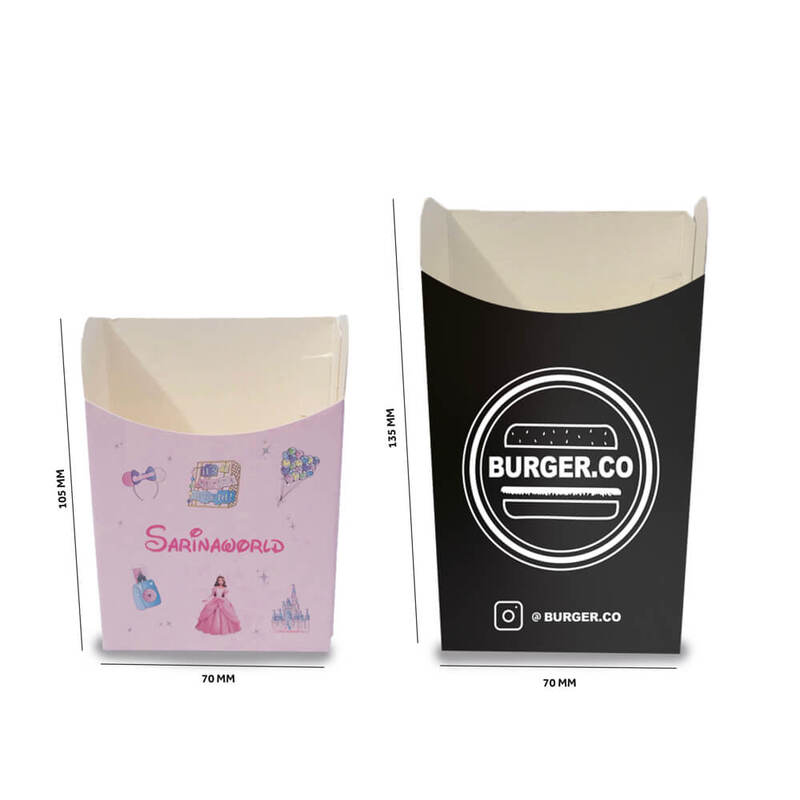The Rise of Disposable Food Packaging Containers A Double-Edged Sword
In the fast-paced world we live in today, convenience is king. One area where this is immensely evident is in the food industry, particularly in the growing prevalence of disposable food packaging containers. These containers have revolutionized the way we consume food, offering both convenience and versatility. However, they also raise significant concerns regarding environmental sustainability and health.
Disposable food packaging containers, which include plastic trays, paper boxes, aluminum foil, and expanded polystyrene (commonly known as Styrofoam), serve a myriad of purposes. They are commonly used for takeout meals, food deliveries, and pre-packaged goods to accommodate our increasingly busy lifestyles. For consumers, these containers provide an easy solution for transporting food, keeping it fresh, and minimizing cleanup. For businesses, they enable quick service and the ability to package food efficiently, often with eye-catching designs that enhance branding.
However, while disposable food packaging offers undeniable benefits in terms of convenience, it also has a dark side. One of the most pressing issues is the environmental impact of these materials. The vast majority of disposable containers are made from plastics that are not biodegradable. According to the Environmental Protection Agency (EPA), in the United States alone, approximately 27 million tons of plastic waste is generated each year, much of which ends up in landfills or, worse, in oceans and waterways. This contributes to pollution and threatens marine life, illustrating a dire need for more sustainable practices within the food industry.
Recycling efforts have been made to address the issue of plastic waste. However, only a small fraction of disposable packaging materials are successfully recycled. Many consumers are often unaware of the rules surrounding recycling, leading to contamination of recycling streams and, ultimately, the disposal of many recyclable materials in landfills. Moreover, not all plastics are created equal; some types of plastics used in food packaging are not accepted in recycling programs, which complicates the situation further.
disposable food packaging containers

In addition to the environmental implications, there are health concerns associated with disposable food packaging. Chemicals often found in some types of disposable containers can leach into food, posing potential health risks. For instance, products made from polystyrene can release substances like styrene, a suspected carcinogen. Similarly, many plastic containers may contain Bisphenol A (BPA), which has been linked to various health problems. Although many manufacturers have started to produce BPA-free options, the long-term health effects of other chemicals in disposable packaging are still largely unknown.
As the demand for convenient food consumption continues to rise, alternatives to traditional disposable materials are emerging. Biodegradable, compostable, or reusable packaging solutions are gaining traction in the market. Companies are now exploring materials such as plant-based plastics, bamboo, and biodegradable composites that offer similar convenience without the extensive environmental harm associated with traditional packaging. Initiatives to promote the use of reusable containers in food delivery systems are also being undertaken, encouraging consumers to thoughtfully consider their choices.
Engaging consumers in this conversation is critical. Education around the benefits of sustainable packaging and the impact of disposable containers can drive a cultural shift towards more responsible consumption patterns. Many food businesses are beginning to see the value in promoting environmentally friendly practices. By incorporating sustainable packaging solutions into their operations, they not only appeal to eco-conscious consumers but also contribute positively to the planet.
In conclusion, while disposable food packaging containers undoubtedly bring efficiency and convenience to our modern lifestyle, they also present significant challenges that we must address. Striking a balance between the need for convenience and the health of our planet is essential. Through innovative alternatives, consumer education, and responsible business practices, we can mitigate the negative consequences of disposable food packaging and pave the way for a more sustainable future in the food industry. The dialogue surrounding this issue is crucial; only then can we truly embrace a change that benefits both consumers and our environment.



